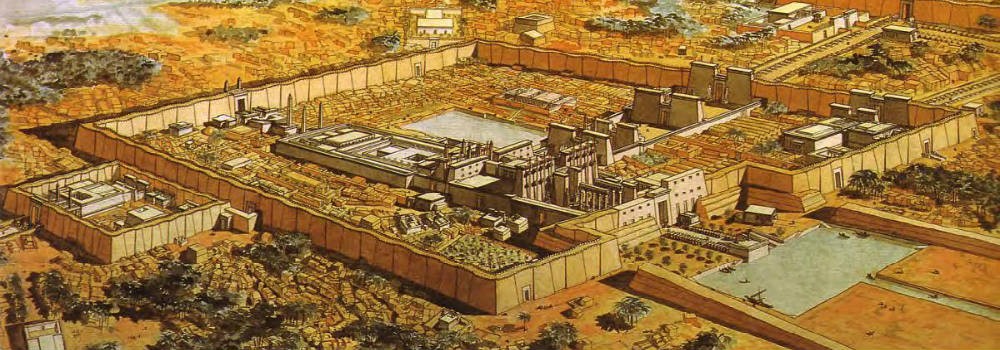National Borders Fading: City States Make a Comeback
In-depth study and comparison on transformation of city states in history and today
By: Jordan Smith, Staff writer
The vast majority of cities today are found within national boundaries, which make up the global community. Cities are part of a larger collective nation that encompass a vast array of cultures and identities into a unique collage. Though generalisations will always exist, we know that not all Canadians are polite and love Tim Horton’s, and not all Americans are gun toting cowboys. From city to city within a given nation there are wide variances in demographics and as a result, cultures. Thus cities make up the larger national identities that have formed with the modern nation state. Collective identities amongst people are nothing new, what is new is how people have now been organized into nations with ‘clear’ boundaries and identities. However, the city, as in the past, is poised to transcend national borders and overshadow the nation state.
A Brief History of the City State
Although nation states seem as natural as waking up with the sun, they are a relatively new phenomenon. Political organizations have been around for thousands of years, but before we reached the point of nation states, there were city states. Past city states were epicenters for the development of modern societies and the institutions that came with them. For example, the city states of Ancient Greece saw some of the most basic underpinnings of Western intellectual culture develop within them. City states also served as major hubs along trade routes, such as the Silk Road, which lent them to a very cosmopolitan disposition.
The Italian peninsula is a great example of how a territory morphed from many small city states into a nation state. Many of the city states had mutual agreements on matters such as defence that drew them together to eventually form a unified Italy. Although it remains a nation state, there are still regional differences on the peninsula. Dr. Chris Nighman, professor of History at Wilfrid Laurier University, whose expertise is Medieval and Renaissance Europe, explains that these regional variations are still prevalent today. “It’s there in the politics, in culture, it’s a big issue. It’s like the American north and south, it’s always going to be there,” explains Nighman. So although a modern nation state is technically a unified entity, the divisions that identified past city states and ways of life are still present.
Onto the 21st Century
Trends in Europe today suggest that national boundaries may fade and give way to regional entities that closely resemble, if not replicate, the city states of centuries past. Nighman clarifies this point:
I think that is a safe prediction, if the Eurozone can hold together, if they can maintain their own currency, if they can even expand their jurisdiction a little further than it already is in terms of governing the economy. I think that those regionalisms, they’re just under the surface, they’ll pop right up… the modern nation state in some ways is in retreat in the very place where it began.
Given the economic woes that Europe is currently experiencing, it is not hard to imagine this happening at all.
If a scenario were to happen where national boundaries became faded and blurry, how would this affect the economy? We need only to look to the past to see how it would potentially work. Keeping with the Italian theme will again provide a great example. Florence for instance, although by name a city state, encompasses most of the region of Tuscany. Nighman explains that “By the time Florence comes to dominate Tuscany it is sort of the government of Tuscany in the sense that it had its own trade policies and foreign relations, internal dynamics and so on.” So the city state can encompass more territory than just its footprint, and have a working governance to facilitate trade and other business activities.































Share the post "National Borders Fading: City States Make a Comeback"